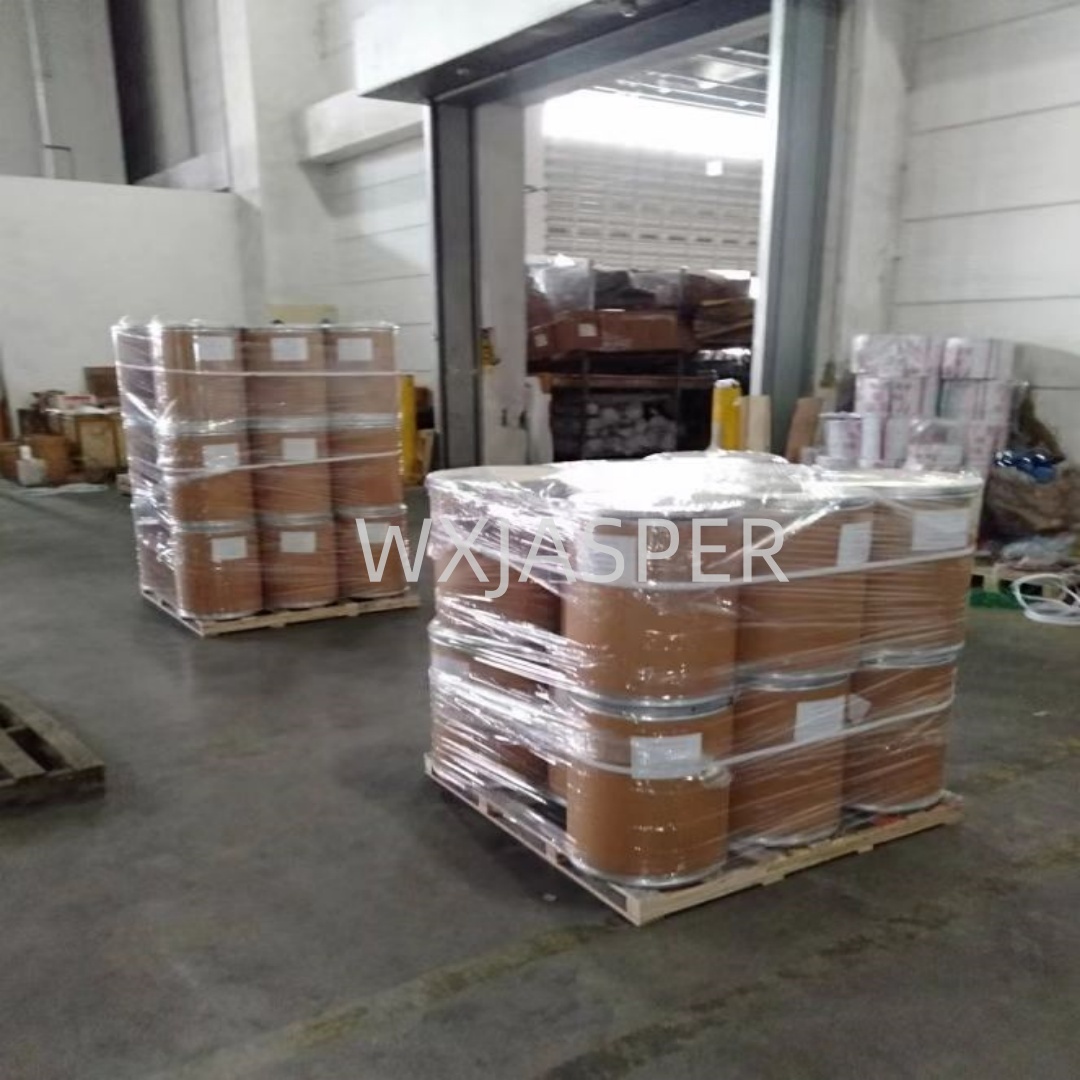Product Details
CasNo: 9050-31-1
MF: C8H6O4.xC3H8O2.xCH4O.xUnspecified
Appearance: powder
Delivery Time: 15 days
Packing: 25kg/drum
Purity: 99%
- Basic Information
- Chinese Name: 羟丙甲纤维素邻苯二甲酸酯
- English Name: Hydroxypropyl Methyl Cellulose Phthalate
- CAS Number: 9050 - 31 - 1
- Chemical Name: 2 - Hydroxypropyl Methyl Phthalate Cellulose Ether
- Molecular Formula: (C12H16O6)n
- Physical and Chemical Properties
- Appearance: White or nearly white granular solid, odorless.
- Specific Gravity: 1.28
- Apparent Density: 0.20 - 0.40g/cm³
- Solubility: The particles can be dissolved in organic solvents, insoluble in water and strongly acidic solutions, and soluble in alkaline solutions with high pH value.
- Viscosity: S136 - 204mpa.s
- Common Types
- HP - 55: It can be used as a conventional enteric - coating agent.
- HP - 55S: It has a higher degree of polymerization than HP - 55, with higher solution viscosity. The formed film has high mechanical strength, and the coating agent has strong resistance to gastric juice. It can reduce the coating amount and prevent the splitting of tablets and granule films.
- HP - 50: It can be dissolved at a lower pH value, suitable for preparations that are decomposed in the upper part of the small intestine.
- Quality Index
- Loss on Drying: ≤5.0%
- Ignition Residue: ≤0.2%
- Chloride: ≤0.07%
- Arsenic: ≤2ppm
- Heavy Metals: ≤0.001%
- Free Phthalic Acid: ≤1.0%
- Phthalyl Group: 27.0% - 35.0%
- Methoxy Group: 18.0% - 22.0%
- Hydroxypropyl Group: 5.0% - 9.0%
- Usage
- Enteric Coating: It is an excellent enteric - coating material for sugar - coating, which can protect drugs from being degraded by gastric acid and deliver drugs to the intestine for more effective absorption. It is commonly used for the enteric coating of tablets, capsules and granules.
- Sustained - release Formulations: It can be used as a sustained - release agent, binder and micro - capsule component, as well as a matrix - forming agent, to control the release of drugs from solid dosage forms.
- Packaging and Storage
- Packaging: The outer package is a cardboard drum, and the inner lining is a high - pressure polyethylene film bag, usually 25 kg/drum.
- Storage: It should be stored in a dry, cool and ventilated warehouse, away from high temperature and direct sunlight.


